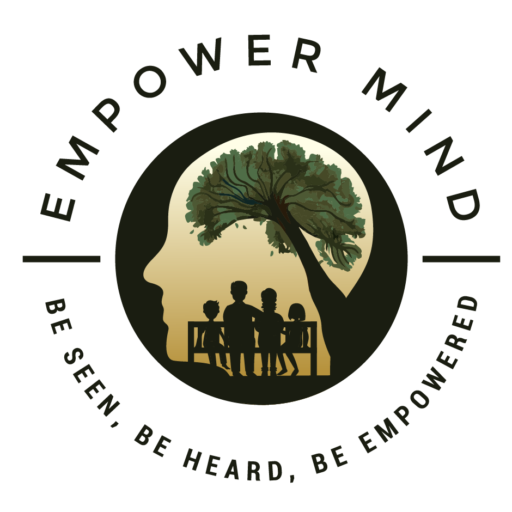
If you’ve ever rushed to the hospital thinking you were having a heart attack, only to be told there’s nothing wrong with you, you may have had a panic attack.
Panic attacks are sudden rushes of fear or anxiety that typically reach their peak within minutes and disappear within a half hour.
Many people suffering from panic attacks think they have a physical disorder and seek immediate medical help. But many doctors don’t know how to recognize panic attacks. They tell you there’s nothing wrong with you physically, which reinforces your shame and fear.
Panic attacks don’t need to be debilitating. With treatment from an experienced and compassionate psychiatrist at Empower Mind, panic attacks can become a thing of the past.
Panic Disorder is an anxiety disorder characterized by spontaneous and repeated panic attacks. People with panic disorder typically worry a lot about having additional attacks and about what the attacks indicate or could cause. Some start avoiding certain situations or environments due to repeated episodes.
During a panic attack, you may experience both physical and psychological symptoms.
Physical symptoms of a panic attack include:
Possible psychological symptoms of a panic attack include:
Panic attacks are considered a symptom, not a disorder. They may be symptom of almost any mental health disorder. You may have a panic attack without having any mental health problems. Panic disorder, on the other hand, is a medical condition. You may have panic disorder if you:
Many panic attacks don’t seem to have any trigger, but they can become associated with certain settings. Your problems really start if you begin avoiding important situations due to fear of having a panic attack. This is a normal human response, but it leads to worse problems and a very restricted life, or even a disorder called agoraphobia, which is when you refuse to even leave your house.
According to diagnostic interview data from the National Comorbidity Survey Replication (NCS-R) fielded between February 2001 and April 2003, the prevalence of panic disorder among U.S. adults aged 18 or above was as follows:
Based on diagnostic interview data from the National Comorbidity Survey Adolescent Supplement (NCS-A) fielded between February 2001 and January 2004, the lifetime prevalence of panic disorder among U.S. Adolescents aged 13 to 18 was as follows:
The lifetime prevalence of panic disorder among Adolescents in the U.S was as follows:

A mental illness is a condition that affects a person’s thinking, feeling, behavior or mood. These conditions deeply impact day-to-day living and may also affect the ability to relate to others. If you have or think you might have a mental illness, the first thing you must know is that you are not alone.
Copyright © 2023 — All rights reserved by Empower Mind | Website Made By SalesEnzine.